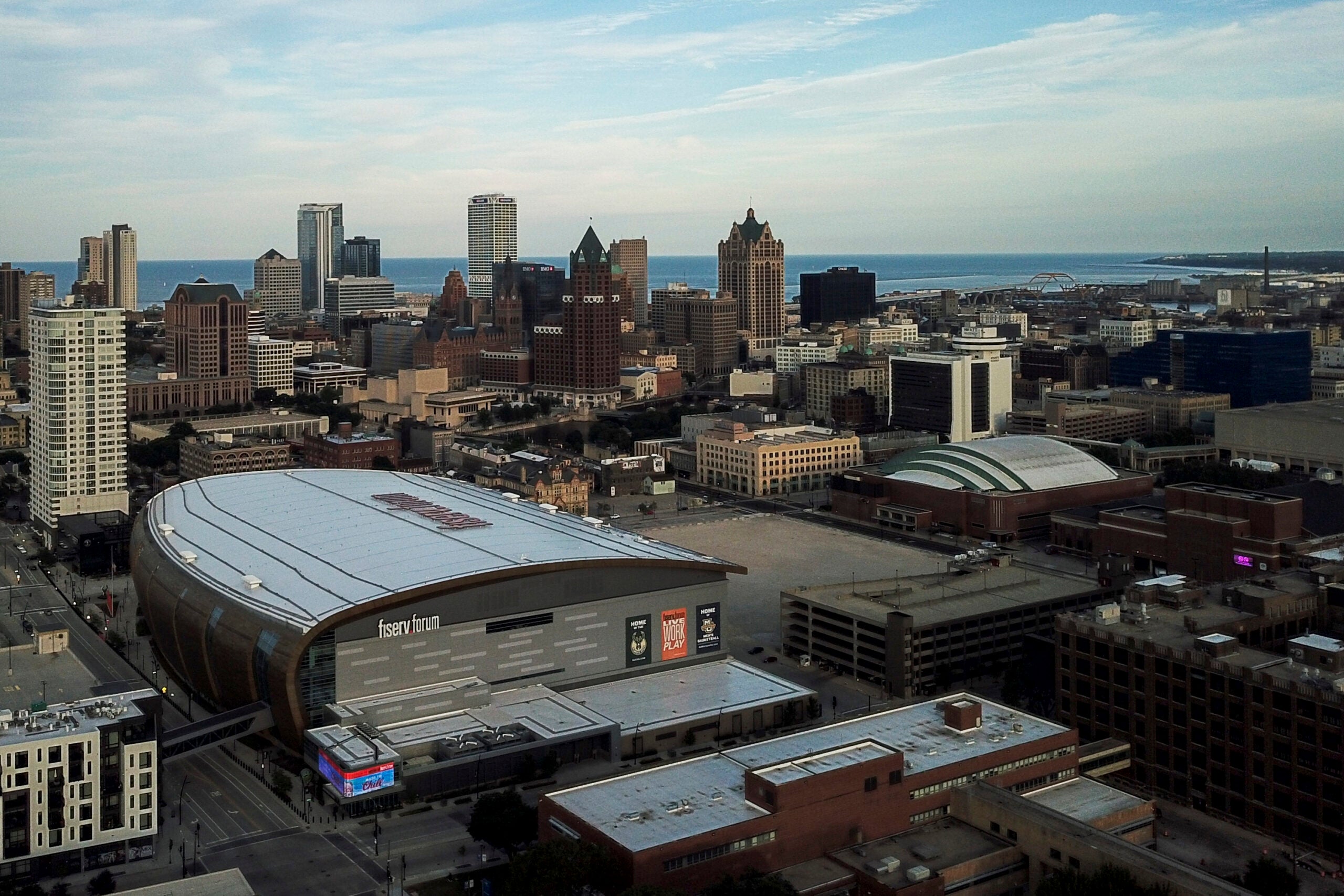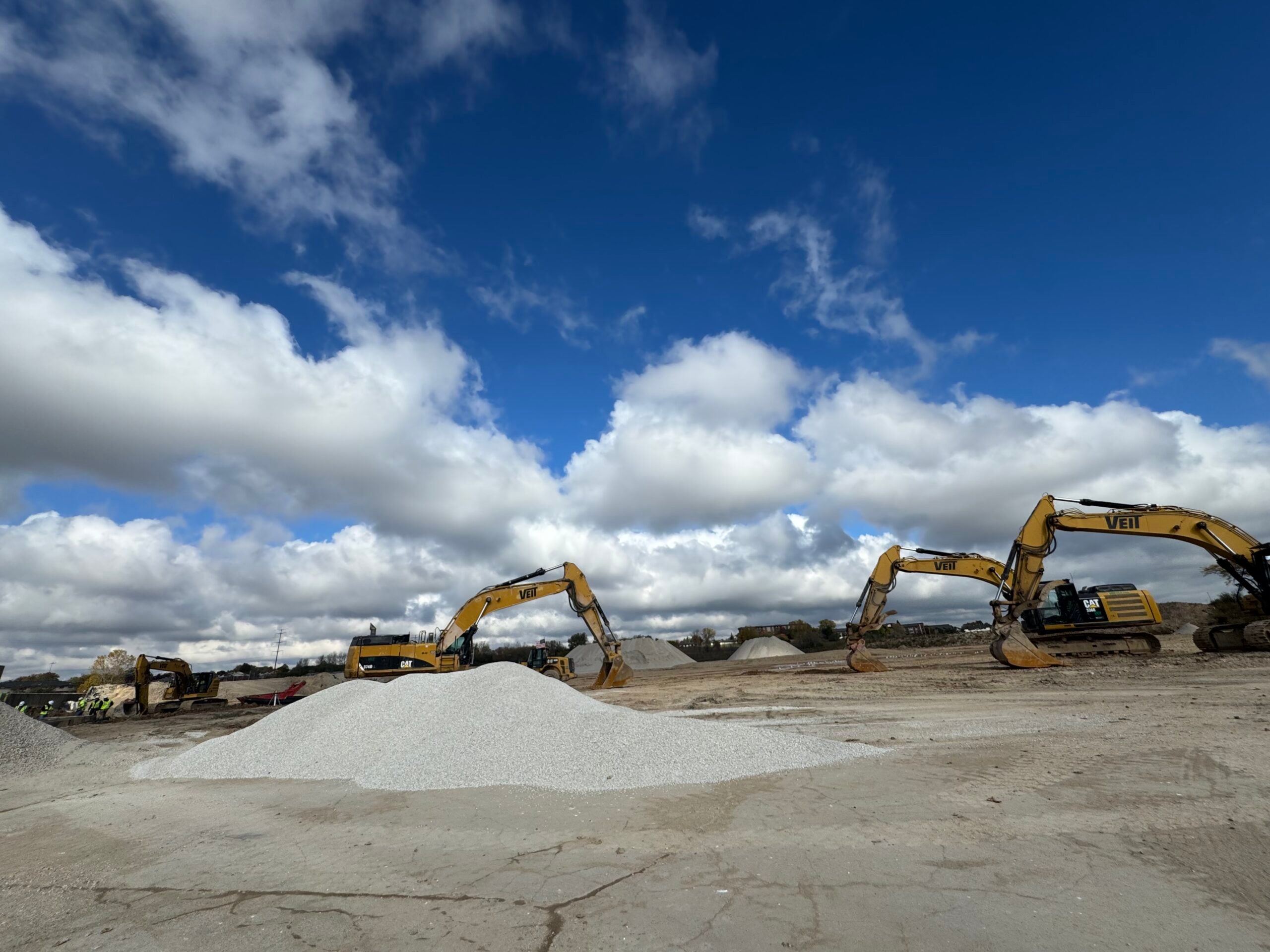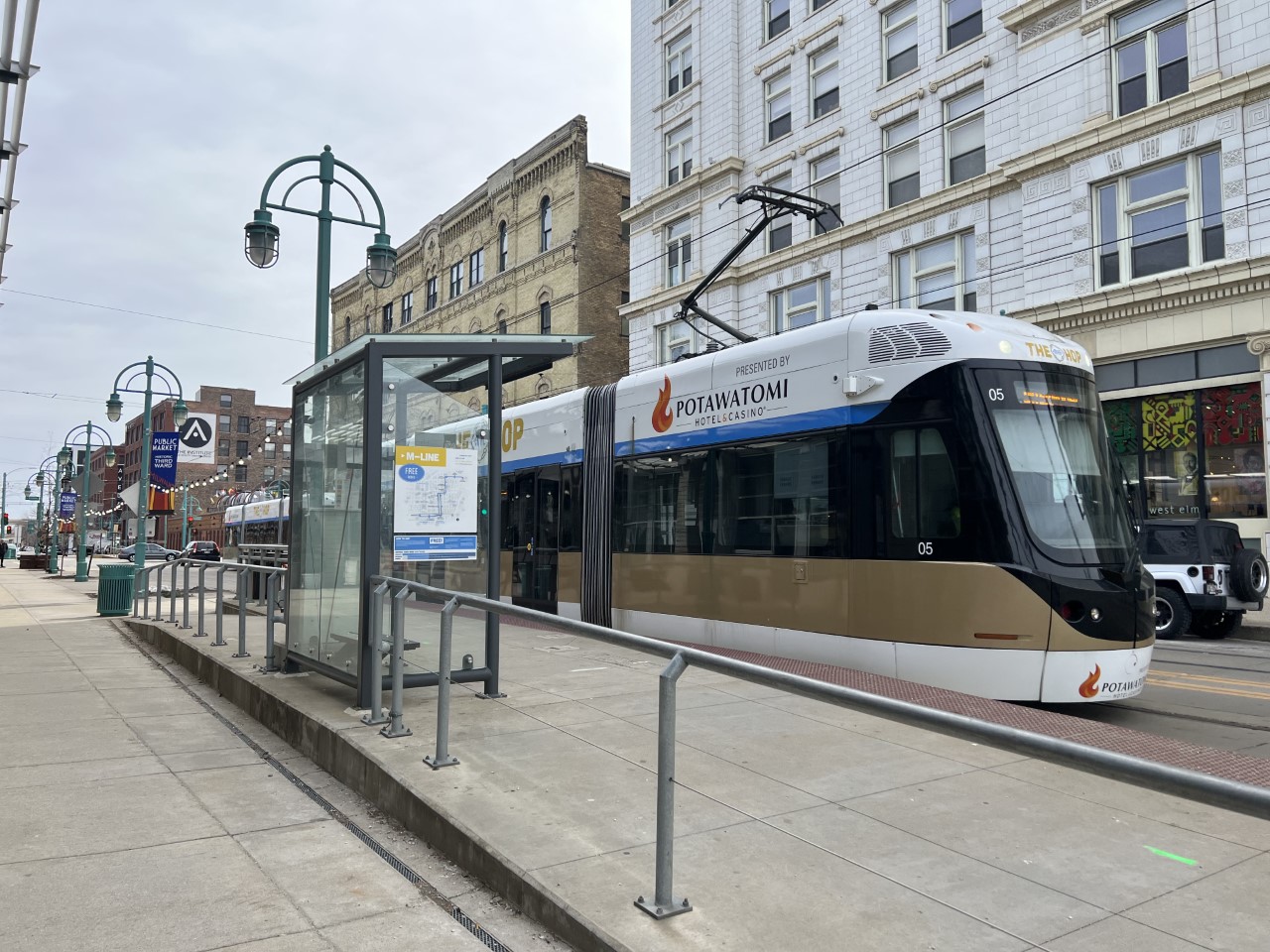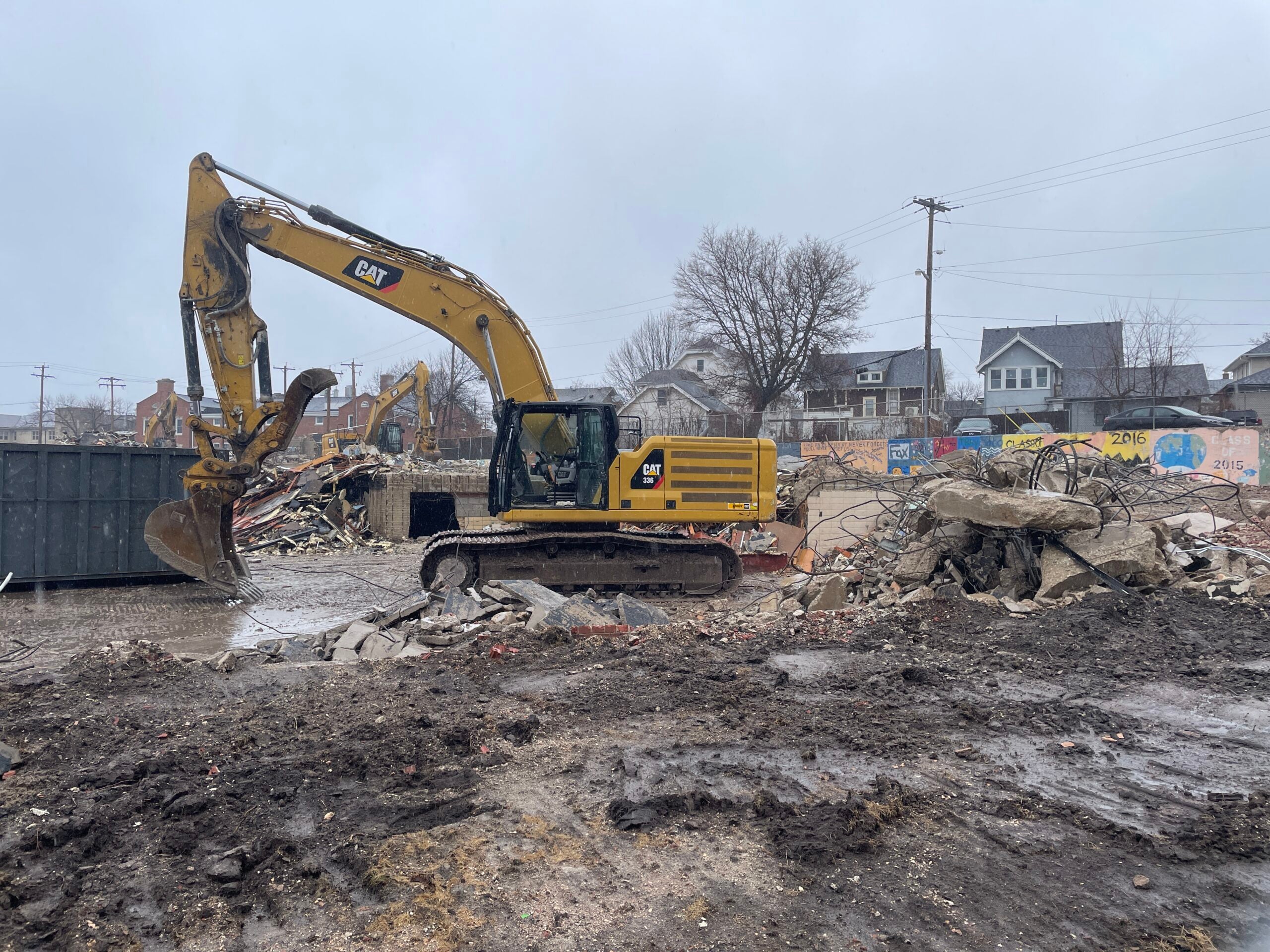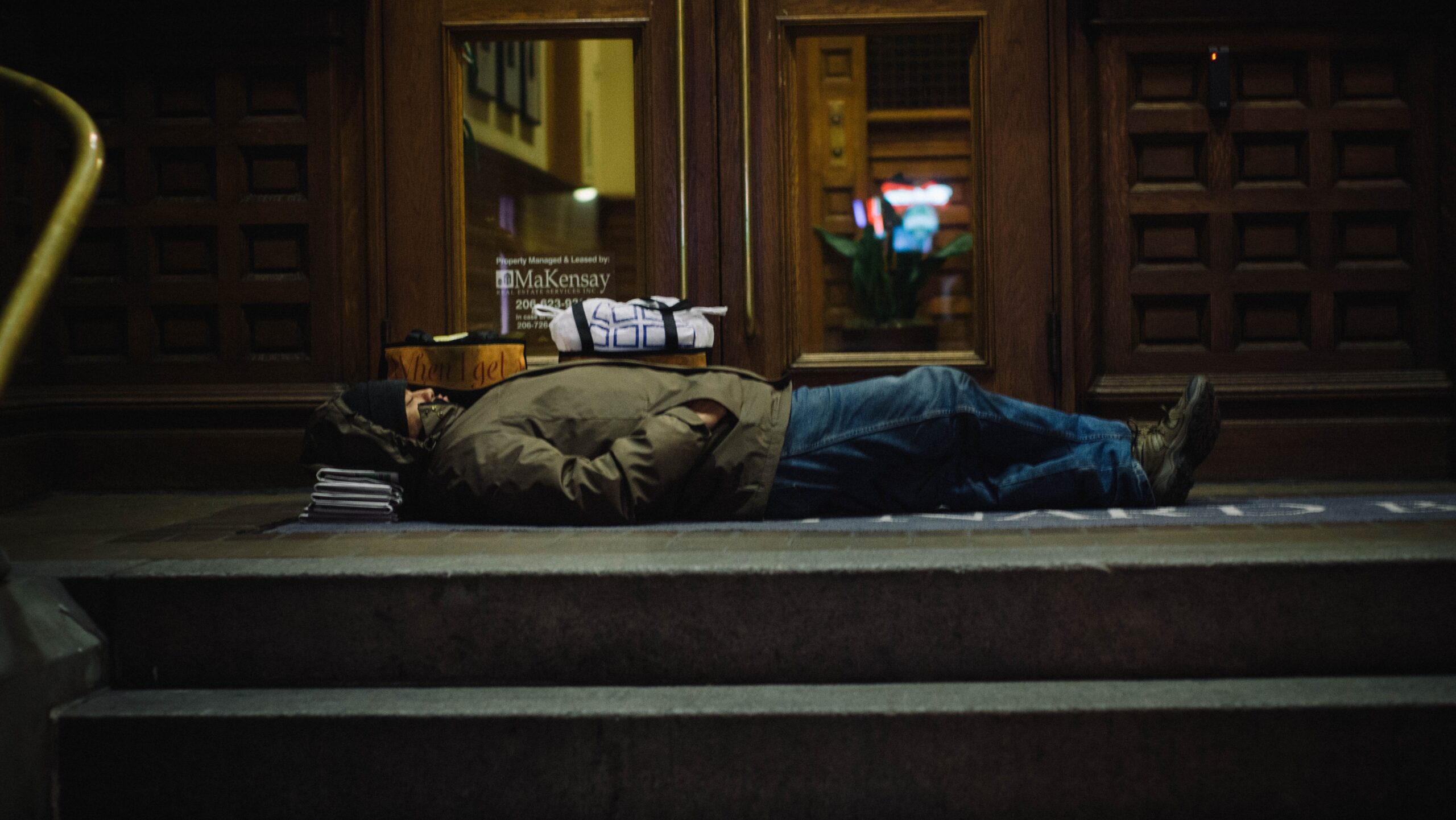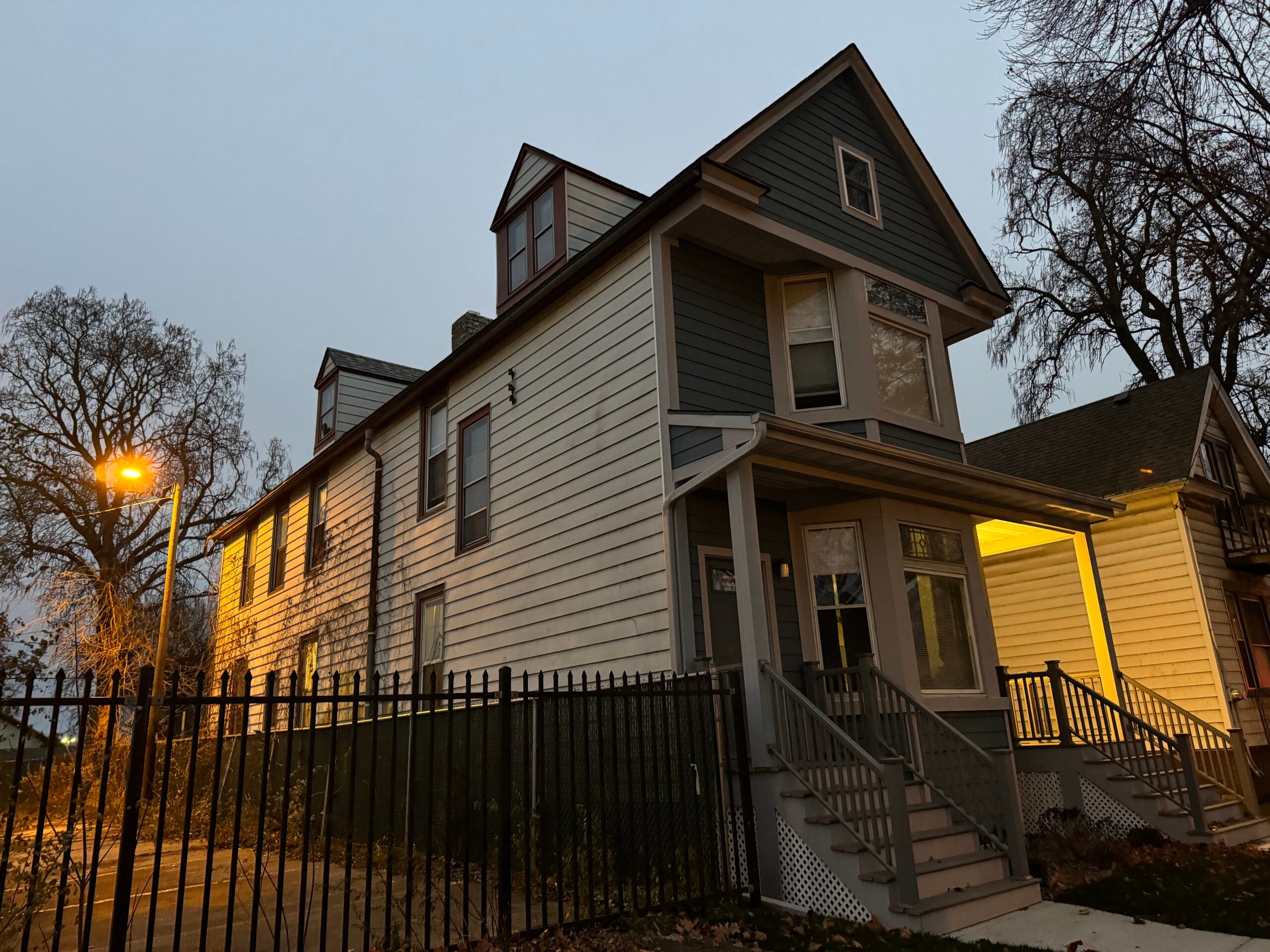A new plan for Downtown Milwaukee has lofty goals for the economic engine of the state’s largest city, ranging from doubling the area’s population by 2040 to making the downtown “the most walkable Downtown in the Midwest.”
The 138-page report, titled “Connec+ing MKE,” was released Wednesday by the Department of City Development. It includes eight main goals and 40 recommendations to the downtown area by 2040.
Some recommendations include expanding Milwaukee’s streetcar, investing in public parks and spaces, reducing greenhouse gas emissions, reducing homelessness, making streets more walkable and eventually removing an interstate system which runs into the city. The plan also calls for increasing the population and number of jobs downtown, while adding more affordable housing.
News with a little more humanity
WPR’s “Wisconsin Today” newsletter keeps you connected to the state you love without feeling overwhelmed. No paywall. No agenda. No corporate filter.
The last downtown plan was released in 2010. Since then, $4.6 billion has been invested in public and private projects in Downtown Milwaukee. The 2040 plan aims to build on that momentum.
The plan was drafted following a number of open houses and community outreach opportunities beginning in 2021. Milwaukee Commissioner of City Development Lafayette Crump said he wants to ensure growth in Downtown Milwaukee positively impacts the rest of the city.
“It is imperative that that investment that you make in downtown does have an impact on the rest of the city and frankly, that individuals living throughout other parts of the city don’t feel that it’s only downtown that matters,” Crump said.
Crump also said making the area more walkable and safer for pedestrians is an important part of the city’s future.
“It’s got to be safe for them to do that, and it’s got to be engaging around them if they’re going to do that,” Crump said about more people coming downtown. “There need to be places where they want to stop and spend time and see things and sometimes spend money and sometimes just hang out.”
The plan will go before the Milwaukee Common Council in the coming months. If approved, it will be sent to Milwaukee Mayor Cavalier Johnson to sign.
The new plan comes at a time when downtowns across the country are reeling in the wake the COVID-19 pandemic, as many jobs that were historically based in offices have transitioned to remote work.
A 2022 study by the School of Cities titled “The Death of Downtown?“ found Milwaukee was at about 71 percent of pre-pandemic activity in its downtown. In Cleveland, that number sits at 36 percent while in Salt Lake City, that number is at 135 percent, according to the study.
In 10 of the largest U.S. cities, the average office occupancy rate was 50 percent at the end of January, according to a report from Kastle Systems. In Milwaukee, that number is closer to 60 percent, according to a 2022 survey of downtown employers. Building on that momentum, several businesses have either opened new offices, or expanded their footprint in downtown Milwaukee in recent months.
That’s encouraging to Matt Dorner, the economic development director for the Milwaukee Downtown Business Improvement District. He said it’s important the plan has big goals.
“I think some of the goal statements are certainly aggressive, and I think that we want to set our goals high, but I think they’re also obtainable based on this really great momentum that we do have in the greater downtown area,” Dorner said.
The plan also comes about a year before the 2024 Republican National Convention is set to come to Milwaukee. It’s an event that will likely bring 50,000 visitors and an estimated $200 million in economic impact to the city.
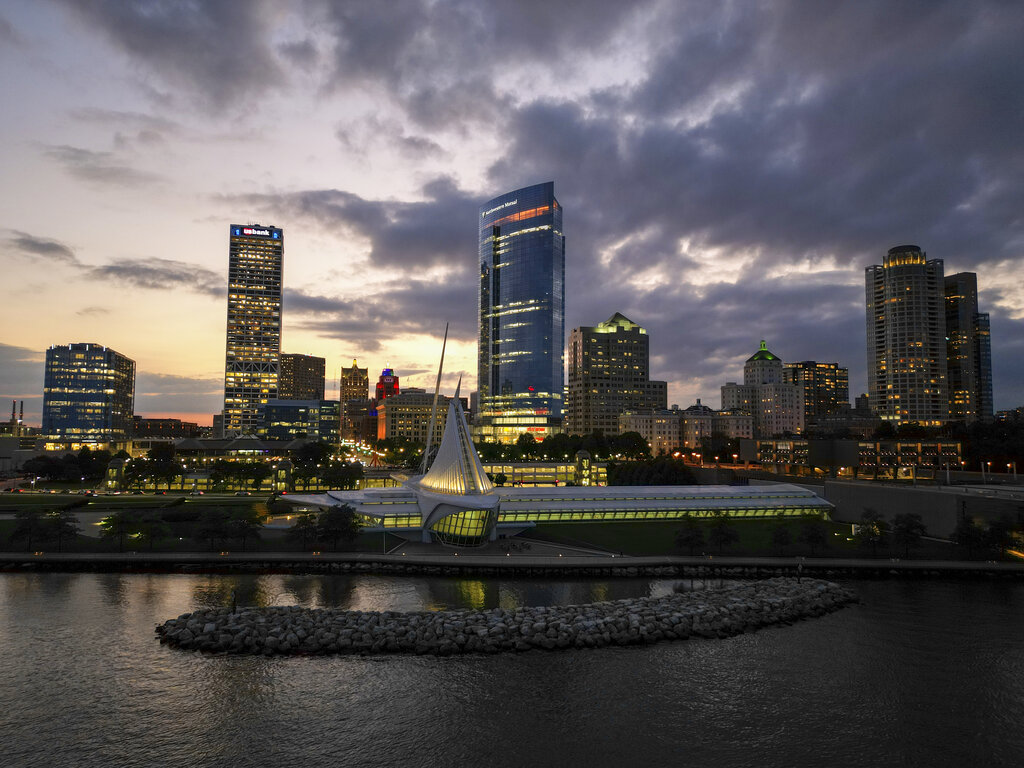
Details of the 2040 plan
The plan fits into other area plans that serve as the city’s Comprehensive Plan. The last downtown plan in 2010 called for the creation of a fixed-rail streetcar system, or the Hop. Despite starting service in 2018, the Hop has been stuck in limbo for years after plans to expand the service stalled. Still, the 2040 plan calls for four service expansions, connecting the Hop to nearby neighborhoods.
“The City should continue to pursue these planned and future streetcar extensions, and work aggressively to secure funding and support for these extensions,” the plan said.
The plan calls for the full removal of the Interstate-794 Lake Interchange. The freeway currently runs into Downtown Milwaukee, creating a barrier to the East Town neighborhood, the Historic Third Ward and the lakefront — which the plan calls “three of the region’s most desirable areas.” Alternatives to the interchange include a “traditional connected grid of comfortable multimodal streets, public spaces, and high-density mixed-use development.” The Wisconsin Department of Transportation is already exploring these possibilities.
“Connec+ing MKE” also calls for the redevelopment of the existing Milwaukee Public Museum Site with high-density mixed-use development with mixed income housing and commercial uses on the first floor. The museum is already moving forward with plans for a new building to open in 2026.
The plan wants to see a downtown population of 40,000 residents by 2040, which would mean more than doubling the area’s current population. Mayor Johnson also has plans to boost Milwaukee’s population to 1 million residents.
The plan also wants to make Milwaukee the “most walkable Downtown in the Midwest,” which would include improving streets and streetscapes to better accommodate bikers, walkers and those riding public transit.
Addressing pedestrian safety is a key component of the plan, as reckless driving has increased throughout the city in recent years. To accomplish that, the plan calls for wider sidewalks, enhanced bike lanes, reducing the number of motor-vehicle lanes and adding curb extensions.
Lastly, the plan suggests the city address public safety concerns, but doesn’t detail specific initiatives. Instead, it says the city should continue to “engage business owners and other stakeholders to develop strategies for addressing public safety” in the city’s most active social areas.
Wisconsin Public Radio, © Copyright 2026, Board of Regents of the University of Wisconsin System and Wisconsin Educational Communications Board.
